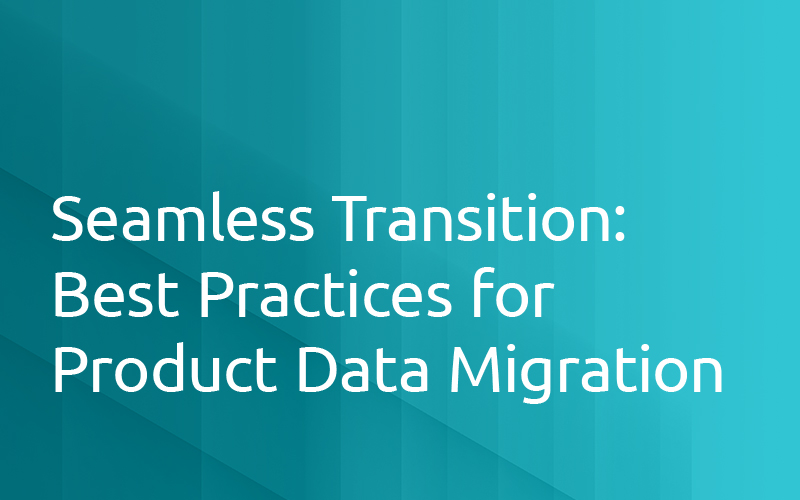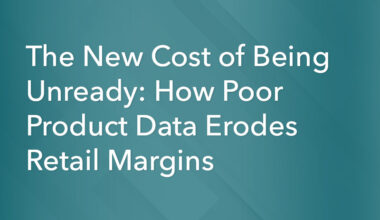In the dynamic world of e-commerce, adapting to new technologies, platforms, or infrastructures is a necessity. A pivotal aspect of this adaptation is product data migration. However, moving valuable data without loss, misinterpretation, or disruption can be daunting. This article provides a roadmap of best practices to ensure a smooth transition during product data migration.
1. Understanding the Importance of Product Data Migration
Product data forms the backbone of any e-commerce platform. It’s not just about product descriptions:
- Rich Content: High-quality images, videos, reviews, and other related multimedia.
- Metadata: SKU numbers, stock levels, prices, attributes, and more.
- User Data: Purchase history, user reviews, and ratings.
A seamless migration ensures business continuity, accurate analytics, and uninterrupted customer experience.
2. Pre-Migration Preparations
- Backup Everything: Before initiating the migration process, backup all your data. This safety net ensures you can recover if something goes wrong.
- Audit and Cleanse: Evaluate the current data’s quality. Remove outdated products, correct inaccuracies, and unify disparate data standards.
- Map Data Fields: Ensure that the source and destination platforms’ data fields correspond. If they don’t, identify where each piece of data will reside post-migration.
3. Choosing the Right Tools
Automated migration tools can streamline the transition process:
- Platform-Specific Tools: Some e-commerce platforms offer proprietary tools for data migration, optimized for their environment.
- Third-Party Solutions: These can offer flexibility, especially if migrating between widely different platforms.
However, manual checks post-migration are essential to ensure data integrity.
4. Testing: The Non-Negotiable Step
Before fully committing, test the migration:
- Pilot Migration: Move a subset of your product data to the new platform. This provides insights into potential pitfalls and gives an estimate of the time required for full migration.
- Verify Data Integrity: Post-migration, scrutinize the data for any loss or discrepancies. Ensure multimedia, descriptions, user data, and other elements align correctly.
5. Managing Downtime
For sizable online stores, migration can take time. Consider strategies to minimize customer impact:
- Schedule During Off-Peak Hours: Initiate migrations during periods of lowest site traffic.
- Maintain Communication: Inform customers beforehand about possible disruptions, ensuring transparency.
6. Post-Migration Considerations
After the bulk of the migration process:
- SEO Considerations: Ensure that product URLs, meta tags, and other SEO-related data are correctly transferred to avoid search ranking drops.
- Continuous Monitoring: For the first few weeks, monitor data consistency, website functionality, and user feedback to quickly identify and rectify any overlooked issues.
7. Training and Familiarization
If you’re migrating to a platform with functionalities different from the previous one:
- Staff Training: Ensure that staff understands how to navigate and manage the new system.
- Documentation: Maintain a manual for reference, detailing common tasks and troubleshooting tips on the new platform.
Product data migration, while complex, is pivotal for businesses looking to leverage more advanced or efficient platforms. With meticulous planning, the right tools, and a keen eye for post-migration adjustments, e-commerce businesses can achieve a seamless transition, ensuring continuity and growth in the ever-evolving digital marketplace.
If you’re looking for support with your data migration strategy to better serve your customers and streamline your business, contact our experts at geekspeak.
 1.416.619.5349 Ext.325
1.416.619.5349 Ext.325 







